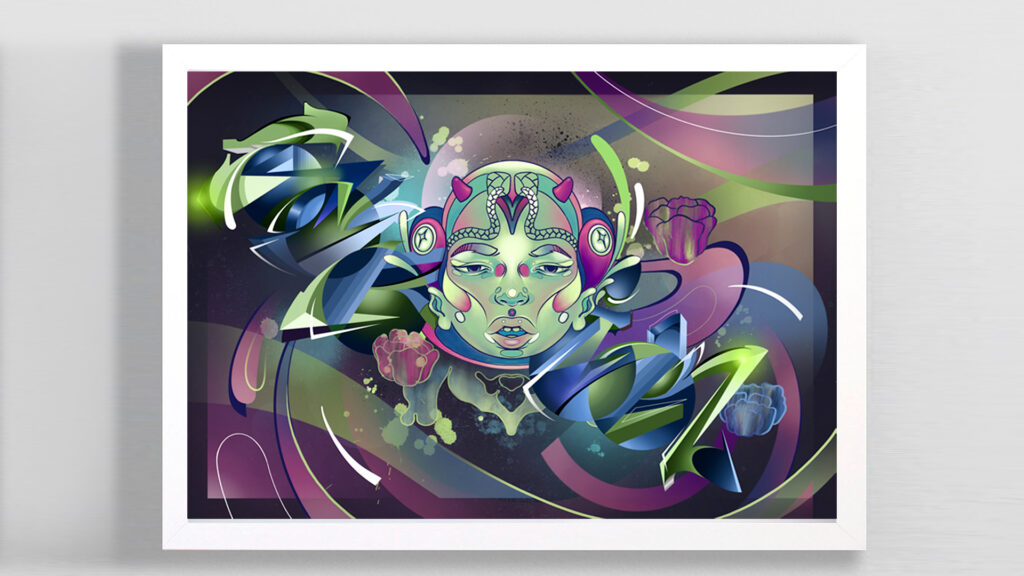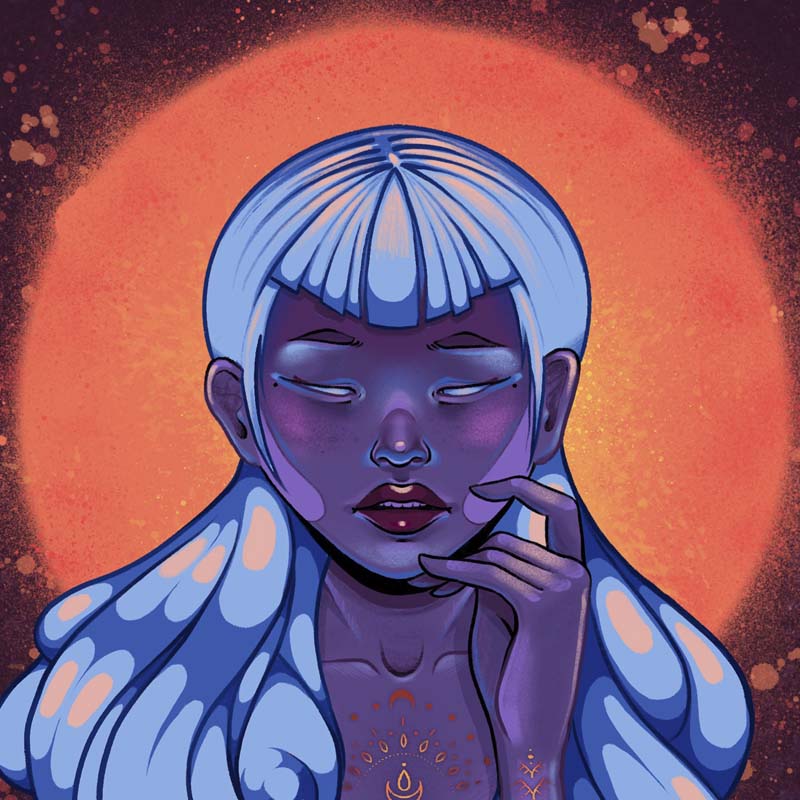Why buy Digital Art NFTs?
Owning digital art can be a financial investment, have sentimental value and create a relationship between the collector and the creator. Like an autograph, the NFT itself is the creator's autograph on the content, making it scarce, unique and valuable.
NFTs will not replace traditional artworks, but they will enable a market to develop around a new generation of artists. In other words, NFTs are a catalyst for digital art.
In the first place it effectively points to a purely financial motivation. Additionally, it is explained that these NFTs can have their own sentimental value, in a manner equivalent to the value many place on keeping a chrome or a stamp. Neither the paper nor the lines of code need have any relevant inherent value, but importance is attached to the value generated around them.
Equivalently to how an autograph increases the value of a chrome, NFTs are “unique and valuable” tokens associated with digital artworks.
Finally, Valuable points out that these NFTs are a way to create a relationship between the collector and the creator. With NFTs, digital artists not only give access to their work, they also send them a ticket, an autograph, an added gesture that can increase the value of the work itself. In the same way that certain autographs have increased the price of certain objects significantly.
“NFTs are an interesting technology, because they act as a container that transforms a digital artwork into a “virtual object” that can be collected. This enables the evolution of art collecting itself, because now digital art can possess the same qualities that give value to a physical artwork – scarcity and uniqueness – while maintaining its unique quality of infinite visual accessibility in its native format.”
Optimism among digital artists about NFTs is high, mainly because many of them have seen their earnings skyrocket.
Who are the Crypto Art artists?
As crypto art has grown, artists in a variety of fields have started producing content with NFT. For example, pop singer Grimes drew attention to this market by selling a single piece for $5.2 million.
Today, designer Mike Winkelmann, also known as Beeple, is one of the leading names in the movement. The piece “Everydays – The First 5000 Days”, a JPEG that combines the artist’s drawings into a single image, was auctioned for $69.3 million.
The NFT has also facilitated the sale of video art. For example, musician Mike Shinoda of the band Linkin Park sold 10 short animated clips containing excerpts from the song “Happy Endings.” Each piece was worth about $18,000.
It is worth mentioning that it is not only art that is being sold with non-fungible tokens. Jack Dorsey, CEO of Twitter, sold his first tweet on the social network for $2.5 million at a charity auction.
Ultimately, many see crypto art as a bubble or passing euphoria related to the growth of cryptocurrencies. Meanwhile, experts believe that the technology still needs to be perfected, but it is a great way to enhance the value of all-digital art.
“It is the arrival of the certificate that we all know from the real world to the digital world, a way to prove that a real work is unique and scarce. Normally it is said that why do you want to buy a digital work if you can take it from the internet, download it, copy it, well this helps to prove that no, that you can have unique works that no one else has, with a certificate and traceability that are registered in the blockchain. I also tell you that I am in favor that a buyer, a user who is interested in a work does not have to know all these technical intricacies, just that he knows that the work he is going to acquire has a certificate of authenticity and traceability, that it is unique and that code proves it forever. Artists, it is true, we should know something more about how it is registered, what is behind it, because it is part of the work”.



